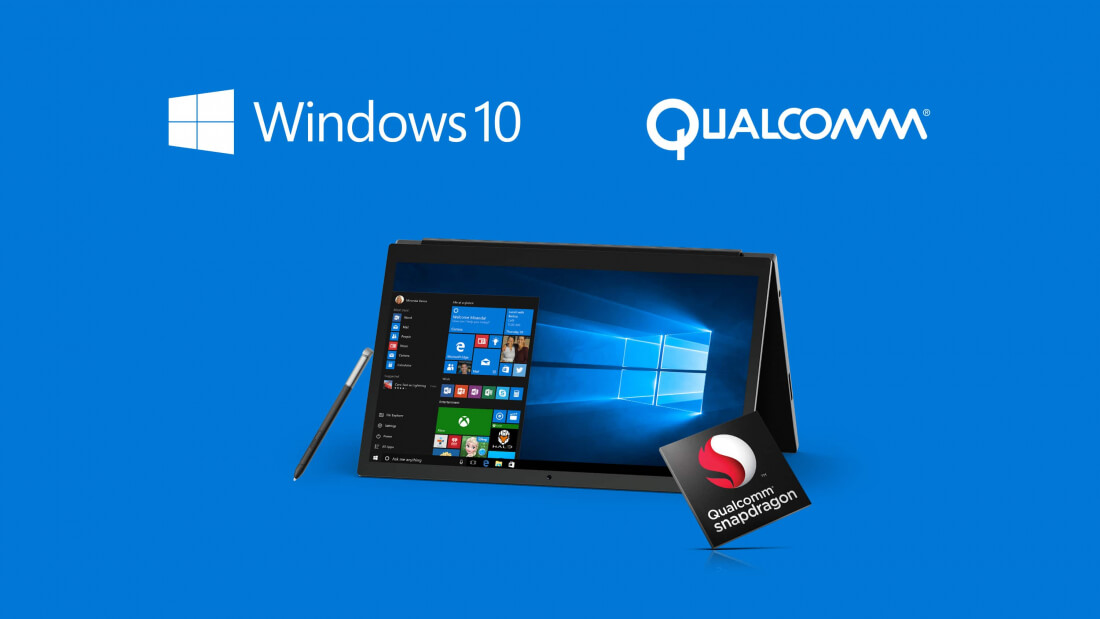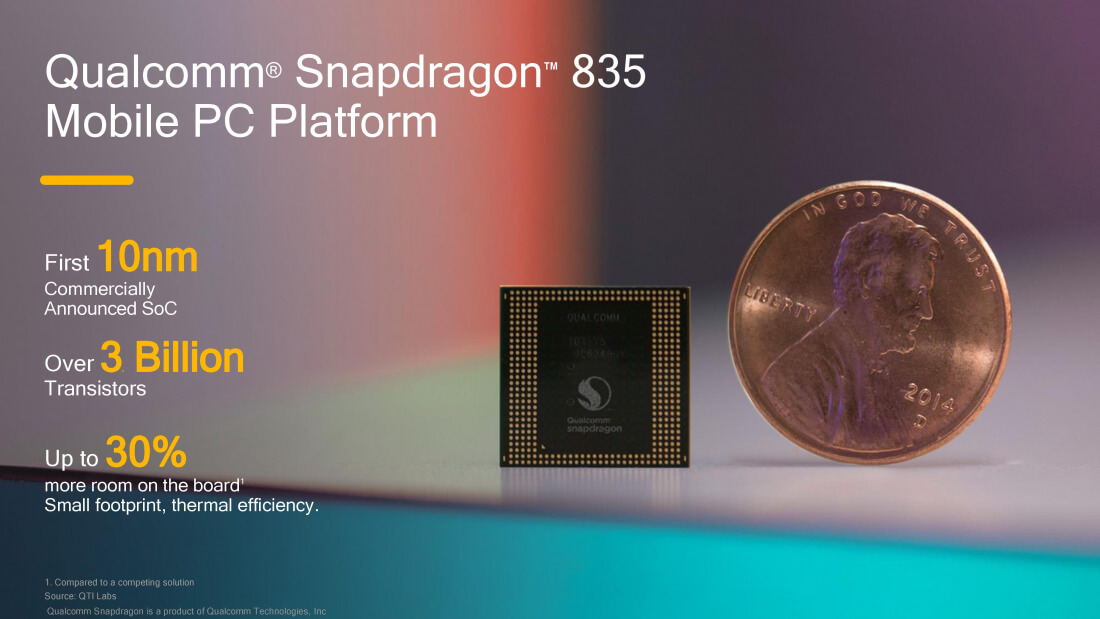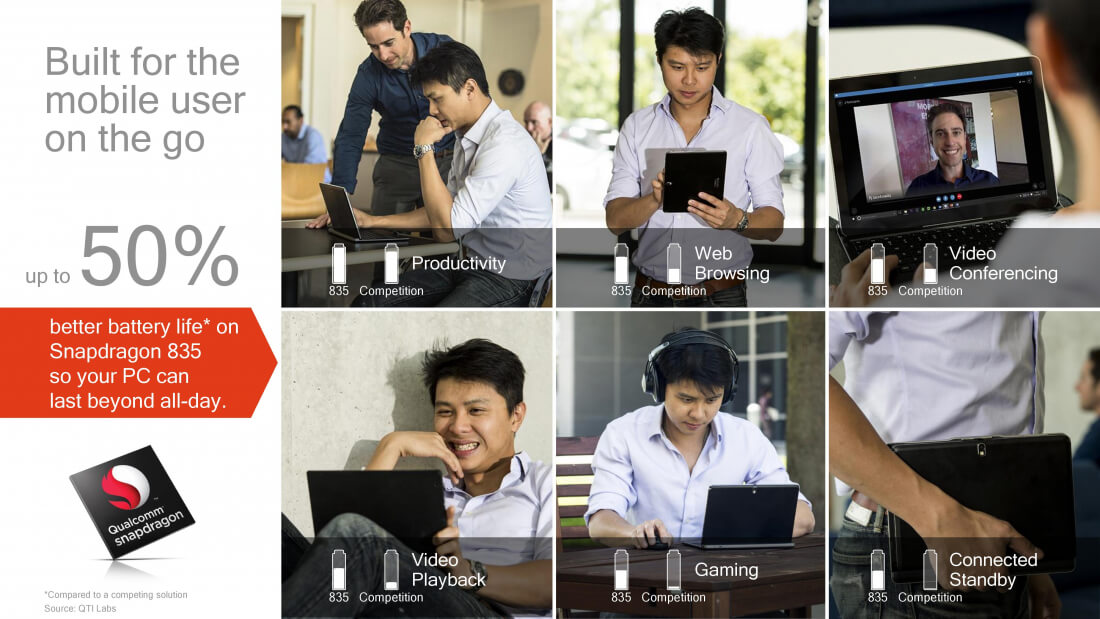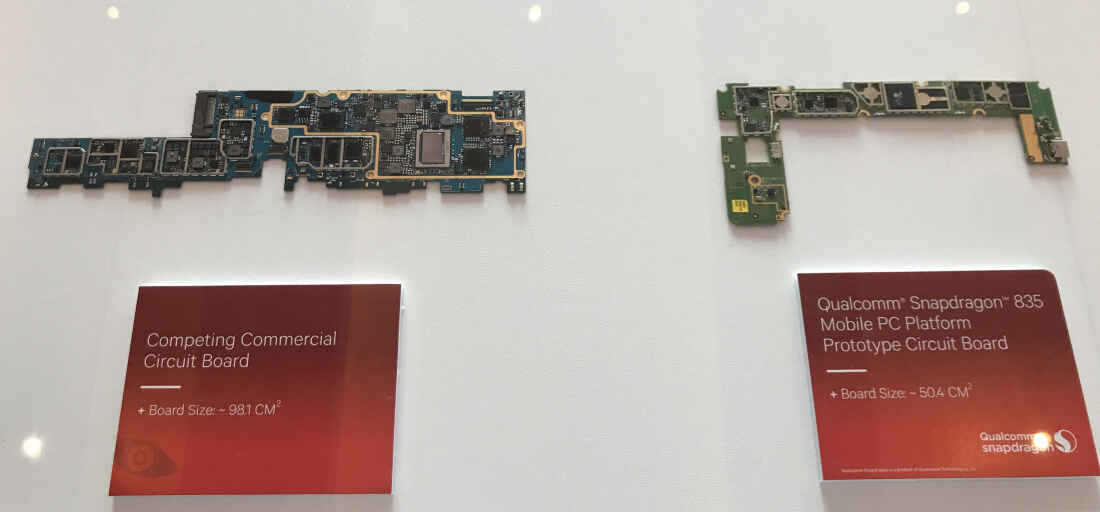
Back in December, Microsoft announced it had partnered with Qualcomm to bring Windows 10 to the Snapdragon 835 SoC using emulation technology. At Computex today, the companies revealed the first OEMs that will use the platform, along with the features it brings, prices, and release dates.
Asus, HP, and Lenovo will be manufacturing products such as laptops and 2-in-1s that use a slightly tweaked version of the chip found in flagship smartphones like the Galaxy S8. This SoC, which Qualcomm calls the Snapdragon 835 Mobile PC Platform, has a slightly different SKU and is optimized for Windows 10.

“Each company is set to produce sleek, thin and fanless PCs running a Windows 10 experience,” reads Qualcomm’s press release.
Thanks to the chip’s X16 LTE modem, which supports gigabit LTE, Qualcomm promises the platform will offer always-on functionality, which means updates can run in the background while the devices are in sleep mode.
An extended battery life is another big advantage of the 10nm Snapdragon 835. With the chip and its circuit board being 30 percent smaller than those found in standard laptops, manufacturers can use the extra space to add larger batteries. Moreover, having the Kryo 280 CPU and Adreno 540 GPU integrated into the SoC makes the device more power efficient than today’s machines, which use individual components for graphics and processing functions. All this means a “beyond all-day” battery life that’s 50 percent longer compared to ‘a competing solution,’ and four to five times better connected standby.


Windows running on ARM hardware often brings up memories of the disastrous Windows RT. But Qualcomm says it has worked with Microsoft to ensure virtually every Windows 10 program and app works with the Snapdragon 835. Universal Windows Platform (UWP) apps will run natively on Qualcomm’s chip, while legacy win32 programs are run through an emulation process using the SoC’s kernel. Qualcomm says performance is competitive with Intel's Y chips.
Devices featuring the Snapdragon 835 Mobile PC Platform will arrive later this year and cost between $400 - $700. Some might come with smartphone-style contract plans, and thanks to the eSIM – activated at the time of purchase - buyers may be able to add a device to their existing plan.

“By the end of the year you will see the launch of a new and improved class of always-connected PCs with gigabit LTE support thanks to being powered by the Snapdragon 835 Mobile PC platform,” Qualcomm’s vice president of global product marketing, Don McGuire, told Techradar. “It’s time for the PC to change.”